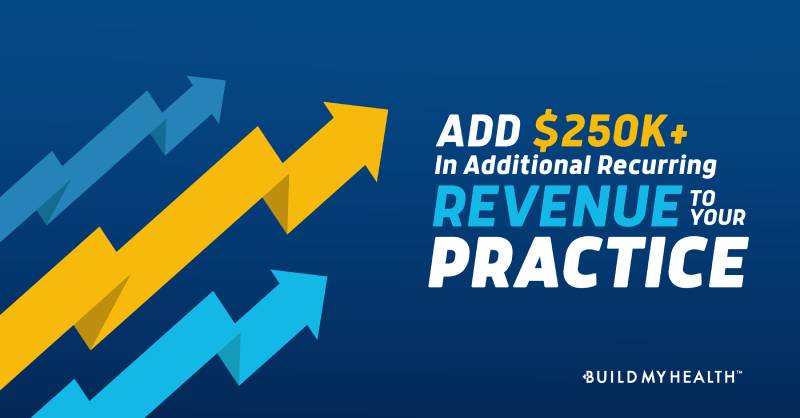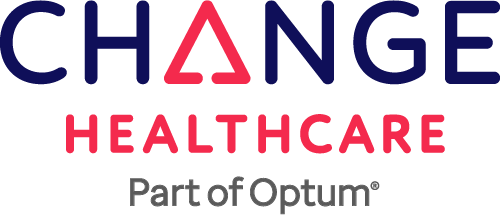
The No Surprises Act is officially here. It went into effect on January 1st, 2022. Yes, it’s another layer of regulatory legislation that you, the provider, are required to follow. Yes, it outlaws out-of-network balance billing in all emergency situations and many non-emergency situations. But that may not be the biggest issue for most providers.
Balance Billing
If you’re a physician seeing a patient in clinic and you’re an out-of-network provider, you can inform the patient of your out-of-network status. If they choose to move forward with you as a their surgeon and sign this form (see excerpt below), you can balance bill the patient for the portion of their bill not covered by their insurance. Similar agreements were signed by patients of out-of-network providers in the office in non-emergent scenarios even before the No Surprises Act. So this may not be a shock to the workflow of the office.

However, the Good Faith Estimate aspect of the No Surprises Act may be a heavier lift. You will be required to provide a Good Faith Estimate to uninsured individuals as well as patients that are insured but are choosing not to file the claim with their insurance plan. It may also apply to aesthetic providers but you can read more about that here.
Good Faith Estimate
Why would someone who has insurance not use their insurance? It’s possible if they pay cash (the cash rate for the procedure), they’ll spend less than the rate negotiated by the insurance company with the provider on your behalf. Or it’s because you, the provider or facility, is considered out of network and the patient doesn’t have out-of-network benefits. Ultimately, the idea is for the patient to be as well-informed as possible about the costs beforehand so they’re not surprised when their bill arrives.
To clarify, the overall goal is to avoid surprise expenses. In one case, the Out-of-Network portion of the No Surprises Act addresses the patient’s potential out-of-network expenses if they sign a consent agreeing to forego their Federal protection against balance billing in non-emergent situations. In the other case, the Good Faith Estimate has nothing to do with balance billing and doesn’t even involve filing an insurance claim. It only deals with cash rates since the patient is uninsured or not utilizing insurance. Again, in both cases, the goal is to protect the patient from unexpected bills by informing them of their costs ahead of time.
Required elements of the Good Faith Estimate
The Good Faith Estimate, as described by the Centers for Medicare and Medicaid Services (CMS), includes the patient’s name, date of birth, description of expected services, CPT codes, diagnosis codes, charges, name of the provider or facility, tax ID number, NPI number and several disclaimers.
It also includes the expected cost of the provider’s fees (the doctor) but should also include other fees associated with the procedure or service (the surgery center’s fees, for example). Based on early explanations from CMS, the doctor’s office has to provide an estimate of their services within 24 hours if the procedure is within 3 days or within 3 days if the procedure is within at least 10 days.
However, the surgery center or hospital, considered the “convening” entity must collect the fees from all providers participating in the care of the patient. While the doctor’s office may think it’s difficult to comply individually, it will be infinitely more difficult if the surgery center or hospital has to collate and organize the Good Faith Estimates from all involved providers. Supposedly this will be enforced starting in 2023.
Here’s an example of the Good Faith Estimate template provided by CMS:




The idea of manually entering this information for each patient request will be time-consuming and a perfect recipe for employee burnout. Ask your Revenue Cycle Management (RCM) vendor if they have a more automated process to fulfill these Good Faith Estimate requests. You can also ask our team about our automated, user-friendly, No Surprises Act-compliant way of providing Good Faith Estimates quickly.
Summary
Balance bills are deemed illegal for:
- -Emergency care
- -Out-of-network providers at an in-network facility for non-emergency care, if prior consent isn’t obtained
- -Air ambulances
If a provider is considered out-of-network in one of the situations above, they will be paid the median in-network rate. If the provider obtains consent from the patient in a non-emergent situation, the patient can still be billed the out-of-network rate. But they must be given an estimate (not the Good Faith Estimate discussed below) of what those costs will be. Either way, the consumer is still responsible for their deductible, out of pocket maximum and co-insurance (cost sharing).
Good Faith Estimates must be given to patients that are uninsured or choosing not to use insurance. They must receive this cash rate within 1 day if the procedure is within 3 days or 3 days if the procedure is within 10 days or more. Confused yet?
Request a demo to understand your options and help your staff with a streamlined approach to providing a Good Faith Estimate.




